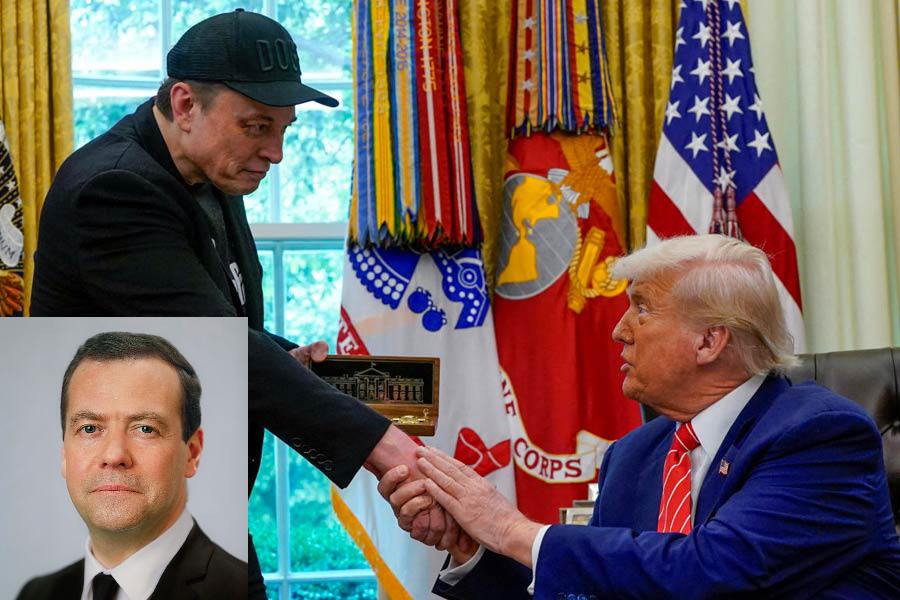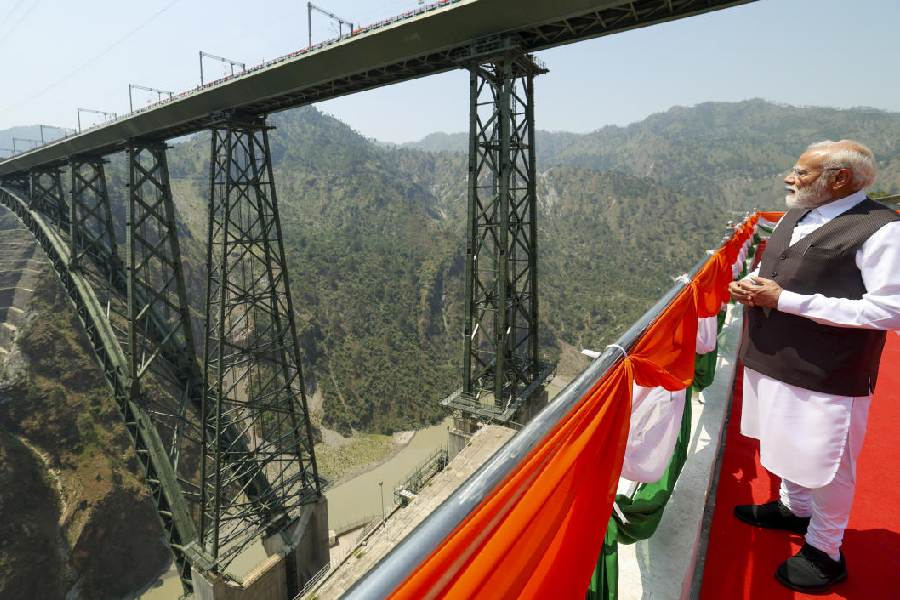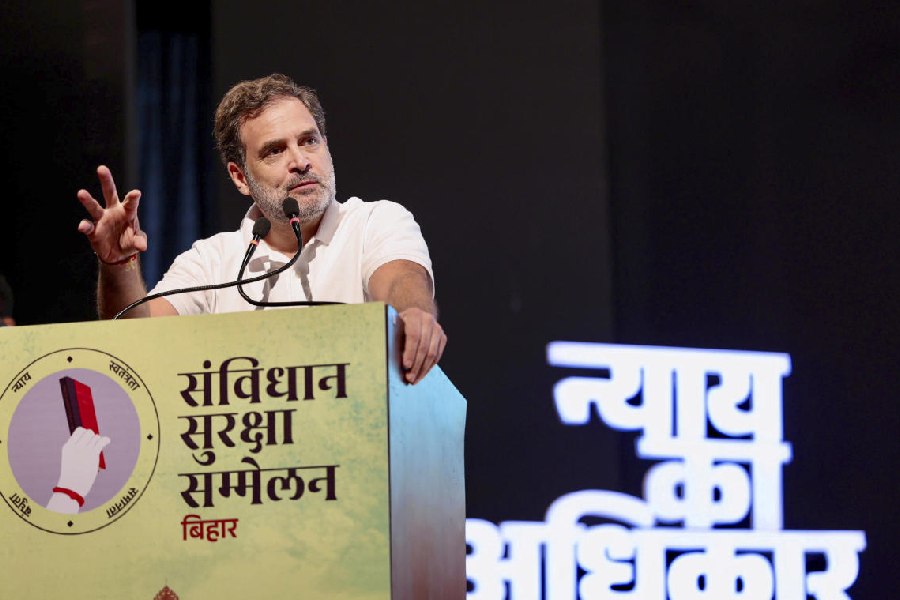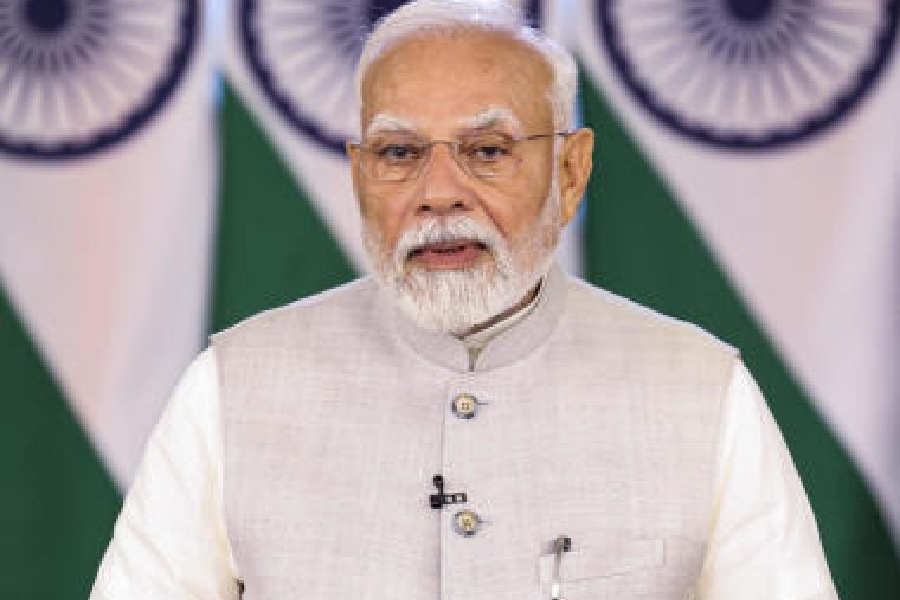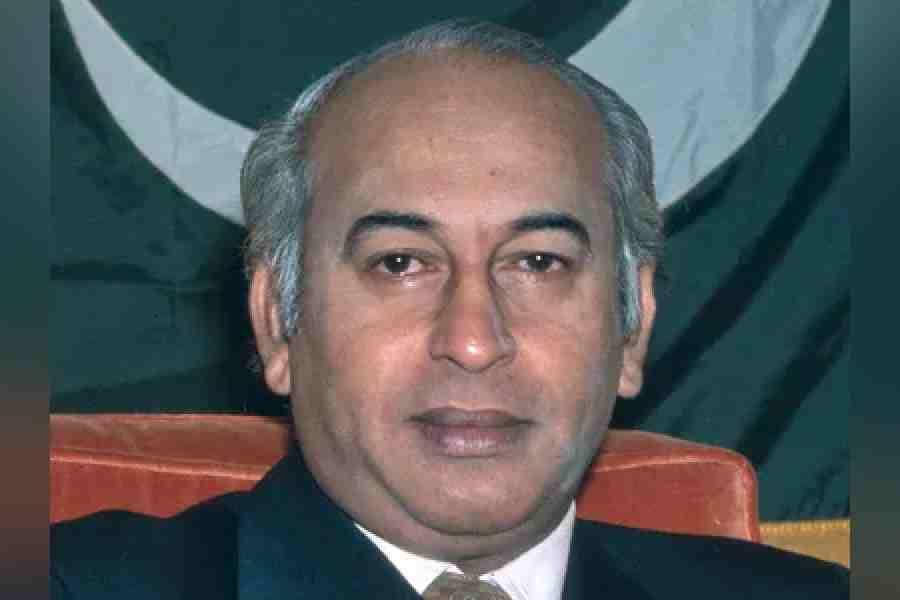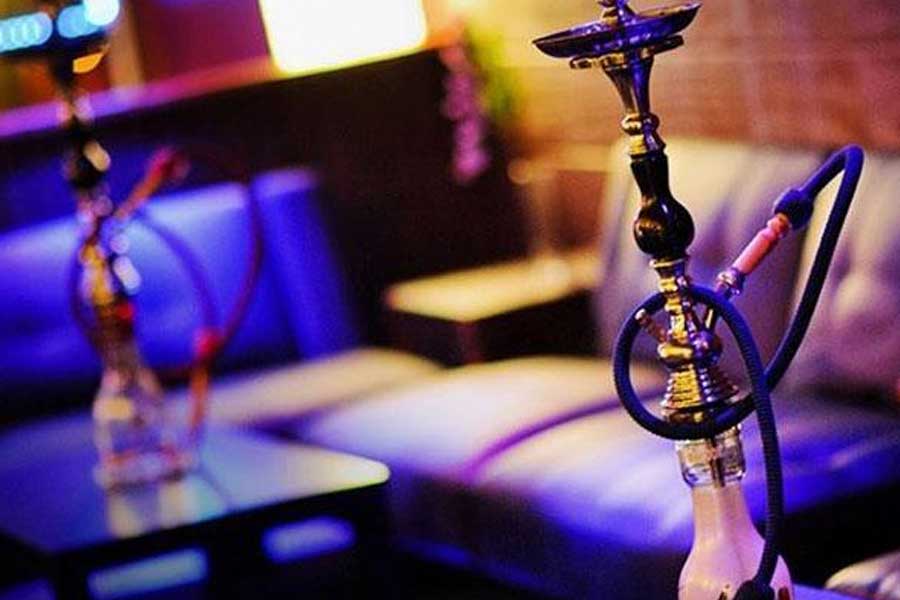 |
| LOOKING FOR THE BEST FIT |
Mumbai, Jan. 8: Export of textiles and apparels to developed countries is poised to grow this year.
In 2005, which heralded the dawn of a quota-free era, India managed to weave in a good performance in the developed markets of the US and Europe despite a dominating Chinese presence. However, industry observers feel that India could not utilise the full potential of a quota-free regime as many firms could not take up orders from overseas because of capacity constraints.
?Last year, many international customers came to India. However, in many cases, their demands were not met as the domestic units were operating at full capacities,? KSA Technopak principal Raghav Gupta says.
This year will yield better results for the domestic textile firms, Gupta feels. Many others in the industry share a similar view. ?But as we are now witnessing a spurt in investments, there should be a better growth rate beginning this year,? Gupta adds.
According to industry observers, investments have been made across the textile chain in spinning, weaving and garments.
Many new entrants are also looking at segments like home furnishings that have shown high exports.
For instance, Welspun India, a leading player in home textiles, last year announced a second phase of expansion at its Anjar unit estimated to cost Rs 650 crore. While the expansion is expected to contribute to the company?s topline by the second quarter of 2006-07, capacities of its towel, bed sheet and spinning facilities will be raised. The company is also planning to enter the decorative beddings segment.
Others like Alok Industries and Raymond Ltd have also lined up expansion plans.
At present, both the US and Europe account for more than 65 per cent of the country?s textile exports. It is estimated that India?s exports of textiles and apparels to the US may grow 20 per cent in 2005. Many observers are putting a figure of over $4.5 billion, even as there are optimists who expect it to touch $5 billion.
?The year 2005 was certainly significant for the textile industry as quotas were lifted. We did fare well given the tough competition during the year. After China, we now occupy the second position in key markets such as the US,? says Siddhartha Rajagopal, executive director of The Cotton Textiles Export Promotion Council (Texprocil).


